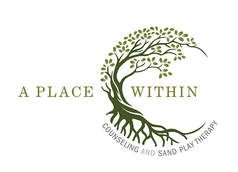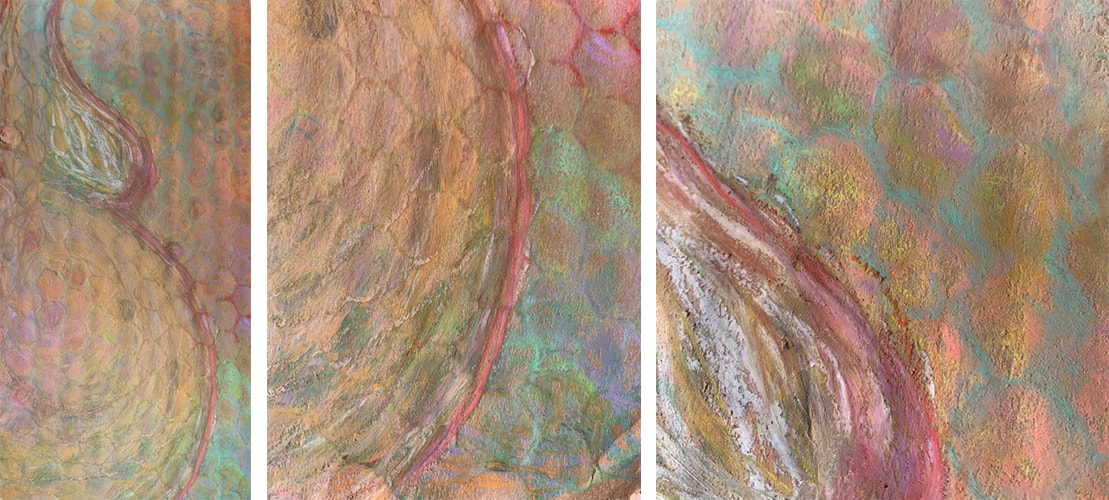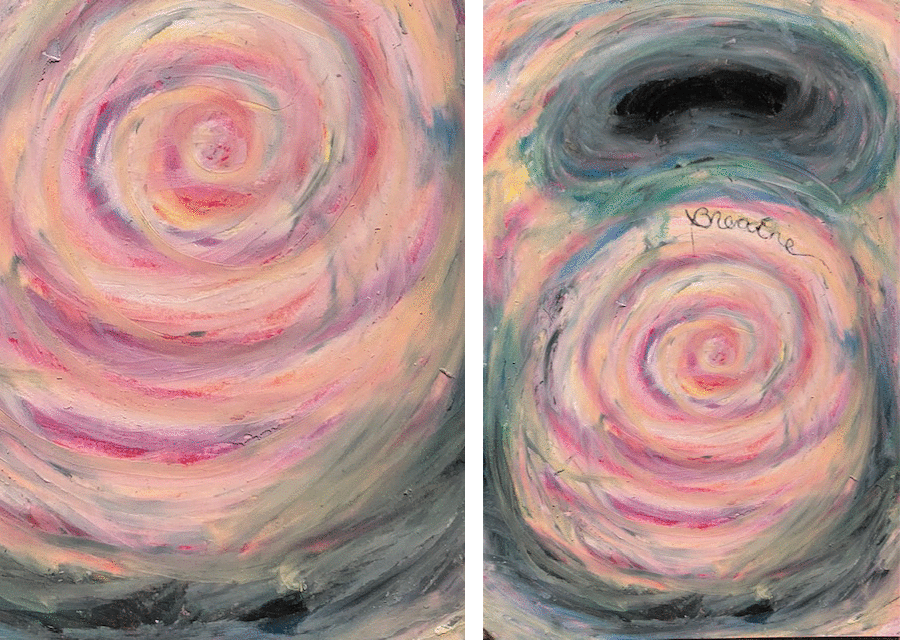A Royal Pain: |
| As I begin my blog series here in St. Louis, I am going to begin with a blog theme. My first two attempts were on the pandemic and anxiety, one focused on adults, and one on resources to support children. I laugh that it took a pandemic to kick me into a blog. |
These initial entries were completely relevant and necessary, it was an easy start. Since then, I have been stuck on what to write. Partly because it seems that there are a million and one blogs in the world and I wasn’t too sure what I could possibly add to an already well covered conversation. Today, my starting point finally emerged with an idea that felt authentic and not contrived; something that feels new, versus old and used.
Yesterday, I had a fun time speaking to a group of future counselors who will be graduating soon, my job was to answer questions they had about the field. They were a smart group from my alma matter and the idea really began with the nature of questions I was asked. There was a lot of curiosity regarding what the type of therapy I do actually looks like, as it’s so different from what is taught in school, and most continuing education trainings. I realized that if it’s tough for fellow counselors to envision, then surely it will definitely seem foreign to non-therapists. Hence my idea was born. How do I explain what I do in a way that lays it out more clearly and makes it more tangible, while attempting to convey the power of expressive approaches.
Thus, this is my starting point for the next five blogs. The first three will be regarding my experience in trainings that I recently participated in, which focused on incorporating art into my work with clients. I will use my own art to demonstrate, and I will explain the powerfulness of this for myself, and thus for clients that would like to work with me. In my fourth blog I will connect these three different pieces of art, explain the personal meaning, but more importantly how this fits within the larger cultural context of what is happening in America. Although my blog will not be political, it will relate to the larger themes at work playing out in the political arena. This may turn into two separate blogs, a personal and cultural collective.
Lastly, I will explore a scene from Maleficent, which connects to blog three, a training on using monsters and folklore in therapy. Since I work with many survivors of rape and sexual assault, I will use this to further explore trauma using this form of art: cinema. This will provide more insight to rape and trauma. I am excited that I have finally figured out a worthy start that brings something new to the world of blogs. I look forward to sharing my insights with you, and I’m hopeful this will better define the immensity of the healing power of therapy, particularly as we delve into deeper realms using less verbal and cerebral methods.
Thank you for your interest, and let’s get started!
Author
Jordan Prebys, MA, LPC,
RPT-S, RSP
Archives
March 2021
November 2020
September 2020
Categories
All
Abuse
Coronavirus
Expressive Therapy: What Is It?
Infant Loss
Power And Control





 RSS Feed
RSS Feed
